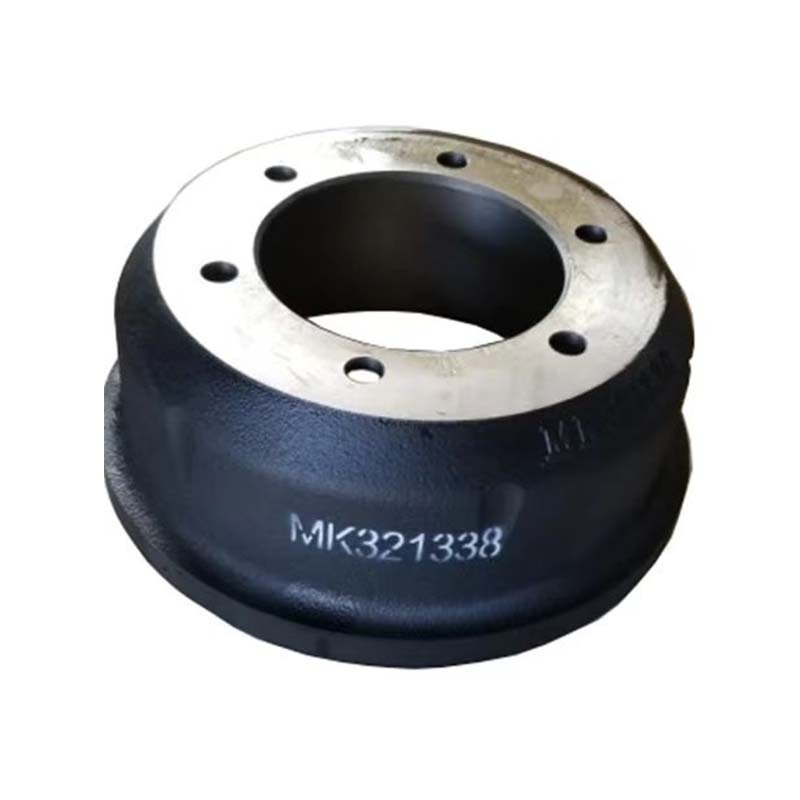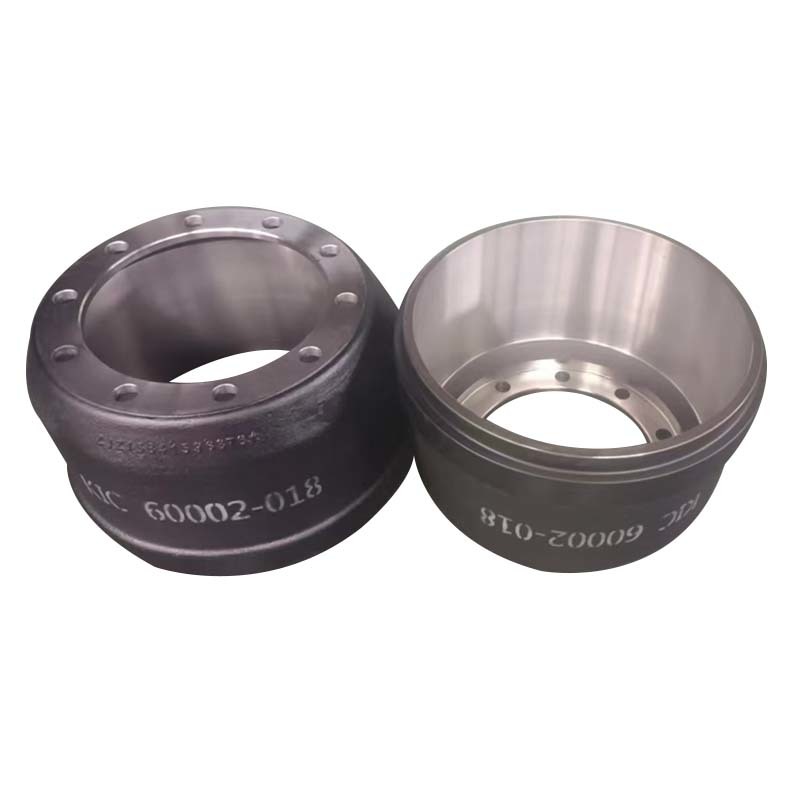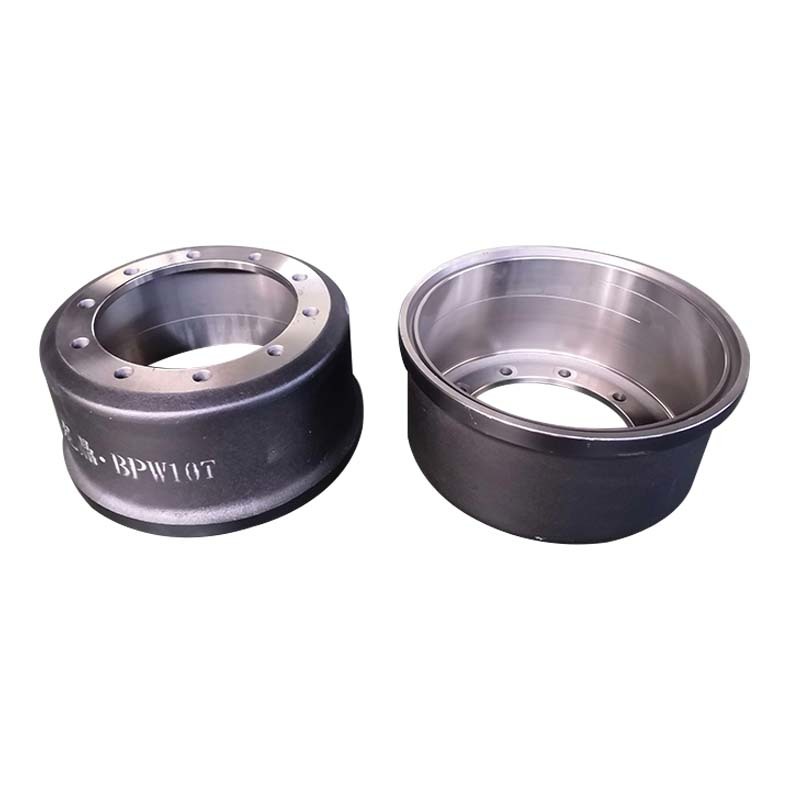Contact Us
E-mail:
Phone/WhatsApp:
Address:
Gucheng Town North Xinzhuang Village West, Longyao County, Xingtai City, Hebei Province
Brake drum 8T
- Commodity name: Brake drum 8T
Product Description
- Product Description
-
The brake drum is the main component of the drum brake.
Structure and Shape
The brake drum is generally a round, drum-shaped metal component, usually made of cast iron or cast steel. It has sufficient strength and good thermal stability because it needs to withstand huge friction and heat during the braking process. Visually, it resembles a thick-walled cylinder without top and bottom surfaces, and its inner diameter is designed according to the type of vehicle, wheel size, and requirements of the braking system. For example, the diameter of the brake drum on a small car is relatively small, while on heavy vehicles such as large trucks or buses, the diameter of the brake drum is larger to provide sufficient braking torque.
Working Principle
When the driver presses the brake pedal, the brake shoes expand outward under the push of the brake wheel cylinder. The friction lining of the brake shoes makes close contact with the inner surface of the brake drum, and due to the action of friction, the rotational speed of the wheels decreases, thereby achieving vehicle braking. In this process, the vehicle's kinetic energy is mainly converted into thermal energy through friction, most of which is absorbed by the brake drum. This requires the brake drum to have good heat dissipation performance; otherwise, if the temperature of the brake drum becomes too high, it will lead to a decrease in braking efficiency, a phenomenon known as 'brake fade.' For example, during frequent braking on a long downhill stretch, if the brake drum does not dissipate heat well, it may result in severe consequences such as brake failure.
Relationship with Other Components
Relationship with Brake Shoes: The brake shoes are the components that come into direct contact with the brake drum to generate friction. The friction material on the brake shoes needs to have good compatibility with the inner surface of the brake drum. The friction coefficient between them should not be too high or too low; too high can lead to overly sensitive braking, easily causing wheel lock-up; too low will result in excessive braking distance. Additionally, the gap between the brake shoes and the brake drum needs to be precisely adjusted; if the gap is too large, the brake pedal travel will increase, leading to slow braking response; if the gap is too small, it will cause drag, increasing fuel consumption and wear on the braking components.
Relationship with Wheel Hub: The brake drum is usually mounted on the wheel hub, and the connection between them must ensure that the brake drum can rotate with the wheel hub while also ensuring convenience during installation and removal. During vehicle operation, the rotational motion of the wheel hub is directly transmitted to the brake drum, and when braking, the brake drum stops rotating relative to the brake shoes, achieving the braking effect.
Application Range
The brake drum is mainly used in traditional drum brake systems, commonly found in the rear wheel braking systems of many trucks, buses, and some economy sedans. In vehicles where braking performance requirements are not extremely high and cost factors need to be considered, drum brakes are still a relatively suitable choice. This is because drum brakes have a relatively simple structure, lower cost, and a self-boosting effect, which can provide better braking performance to some extent. However, with the development of automotive technology, disc brakes have gradually dominated many high-performance and high-end vehicles, but brake drums still play an irreplaceable role in certain vehicle fields.
Key words:
Get A Quote
Note: Please leave your email address, our professionals will contact you as soon as possible!











